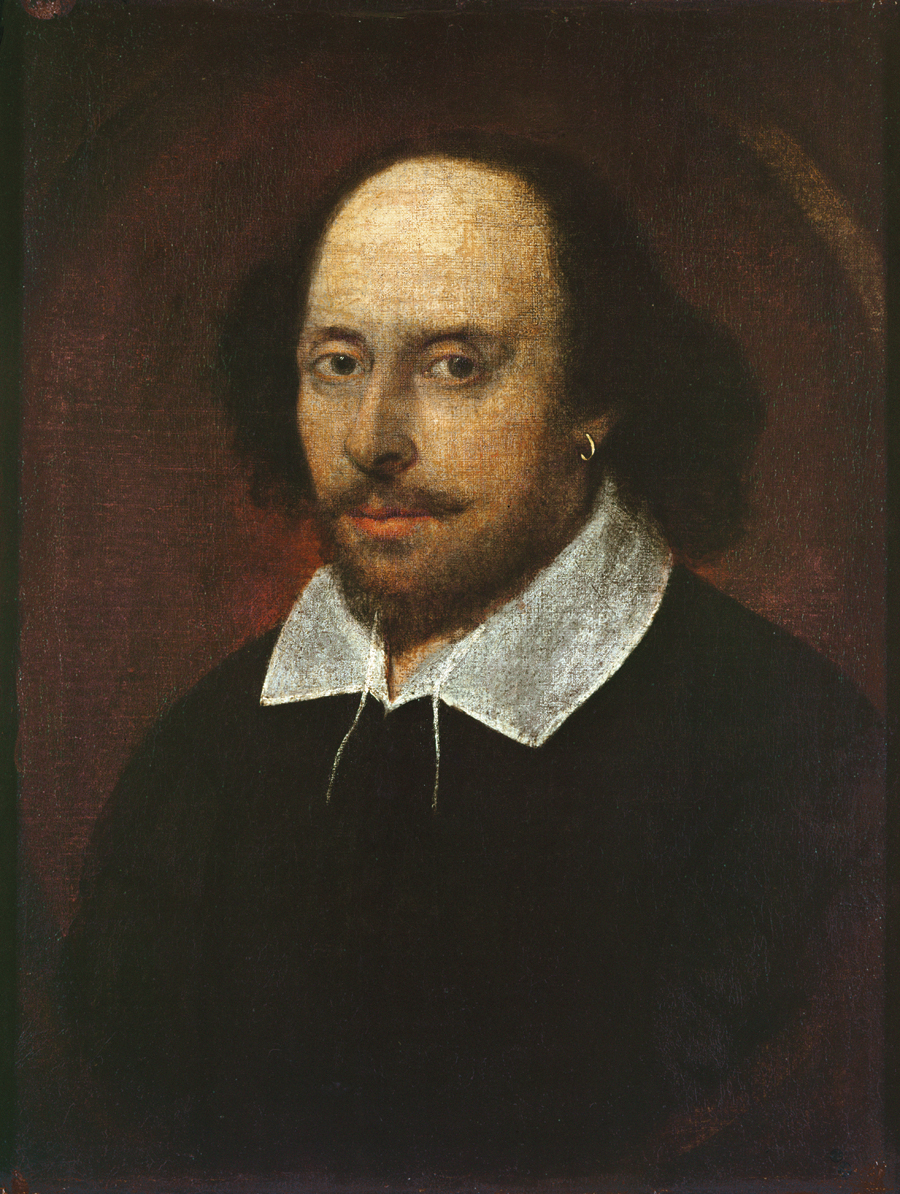All’s Well That Ends Well is a five-act play by the English dramatist William Shakespeare. It was probably first staged in 1603 or 1604 and was published in 1623. Shakespeare based his play partly on a story from The Decameron by the Italian writer Giovanni Boccaccio. The Decameron was included in The Palace of Pleasures (1567), a collection of tales from various European writers translated by William Painter.

All’s Well That Ends Well is counted among Shakespeare’s comedies, but it has little gaiety and its humor is dark and bitter. Critics have classed it with Measure for Measure as one of Shakespeare’s “problem plays” because it does not seem to fit neatly into any recognized dramatic category. It belongs to the third period of Shakespeare’s career as a playwright, when he wrote his great tragedies, including King Lear, Hamlet, Macbeth, and Othello. Shakespeare seems to have been preoccupied with the tragic side of human existence at this time. His feelings may well have been a reaction to the fact that, in 1603, there was an outbreak of plague in London that closed all the theaters for a time. Shakespeare must also have been worried when, in the following year, his patron, the Earl of Southampton, was imprisoned briefly on suspicion of treason, by the authorities of King James I.
The action of the play is set in France and Italy. Helena, the orphaned daughter of a famous physician, cures the French king of an illness. In gratitude, the king allows her to choose her own husband. She immediately selects Bertram, a nobleman whom she already knows and loves. But Bertram considers Helena to be his social inferior and, influenced by the cowardly braggart Parolles, he leaves her immediately after the wedding to take service with the Duke of Florence in Italy. In a letter he tells her that she may not call him husband unless she is made pregnant by him and can get a ring from his finger, which he will never give her. Helena achieves both these objectives by deception. While passing through Florence on a pilgrimage, she takes the place of Diana, a young girl with whom Bertram is foolishly in love, meets him, makes love to him, and exchanges rings with him, all without being recognized. In the end, Bertram is made to see his wife’s good qualities and promises to cherish her.
On the surface, All’s Well That Ends Well seems an Elizabethan comedy of romantic intrigue. But romance and comedy are lacking in this dark work. Bertram’s conduct makes him unattractive as a hero and few critics can understand why Helena seems to throw herself at someone who appears shallow and worthless. The play’s interest lies mainly in Shakespeare’s attempt to use comedy to express his troubled view of humanity’s faults.
